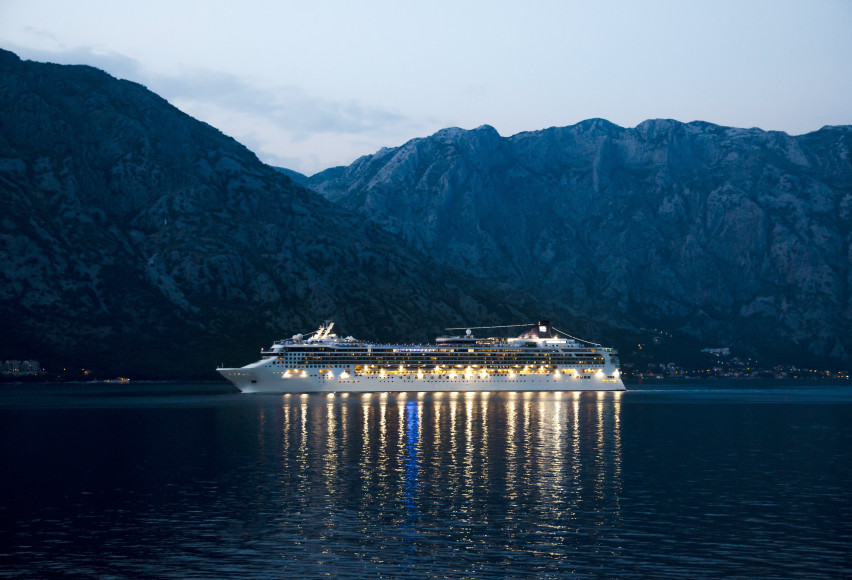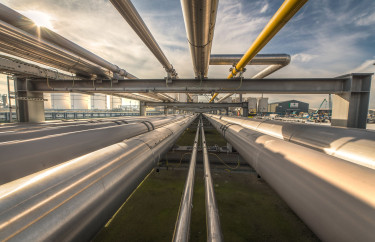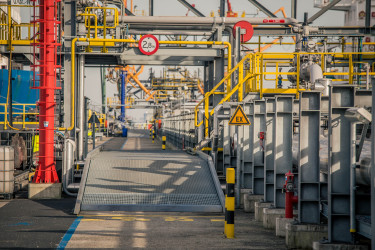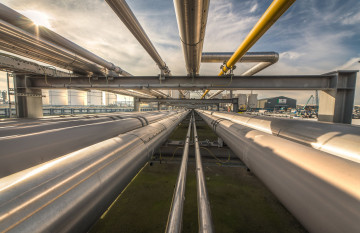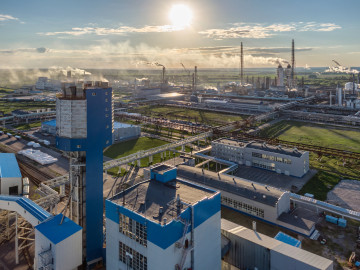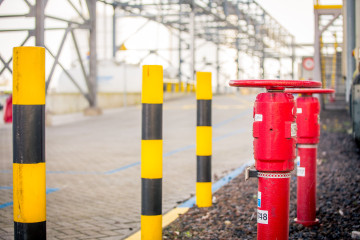Climate crisis and energy crisis are rather established facts. Therefore, energy transition is a must. But how do we fit it in quickly, efficiently, and economically? The answer is: ammonia is one of the solutions for the enormous transition we are all facing.
It is well known that green hydrogen is an important solution for energy transition, but how do we get enough of it? Generating green energy yourself is not an option, as far too little remains available despite all the solar and wind farms in Europe. Transporting from elsewhere is what we depend on.
That 'elsewhere' could be desert areas, where the possibilities for solar and wind energy are immense. As are the possibilities to use it to create hydrogen that can be transported to Europe. But transporting hydrogen is not easy. Due to the high pressure under which it must be transported in sufficient quantities, up to 300 bar, this is not really an option.
Transporting hydrogen in its liquid form, as with natural gas, does not seem to be a relevant option either. Liquid hydrogen has to be transported at -273 degrees Celsius, hence costing a lot of energy. Packaging it in a carrier material is the solution we must consider, and ammonia is thus by far the best option. With ammonia, hydrogen can be transported at 20 degrees Celsius under a low pressure of 8.6 bar and this liquid can transport up to four times more energy than compressed hydrogen.
